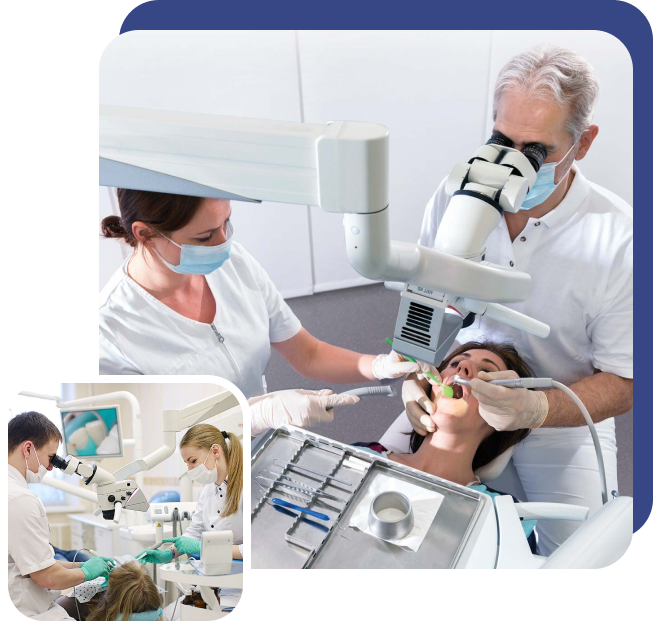
Orthodontics focuses on straightening teeth and aligning your bite correctly. You may need orthodontics if you have misaligned teeth or teeth that are crooked, overlapping, or rotated out of position.
There are numerous orthodontic solutions available, including:
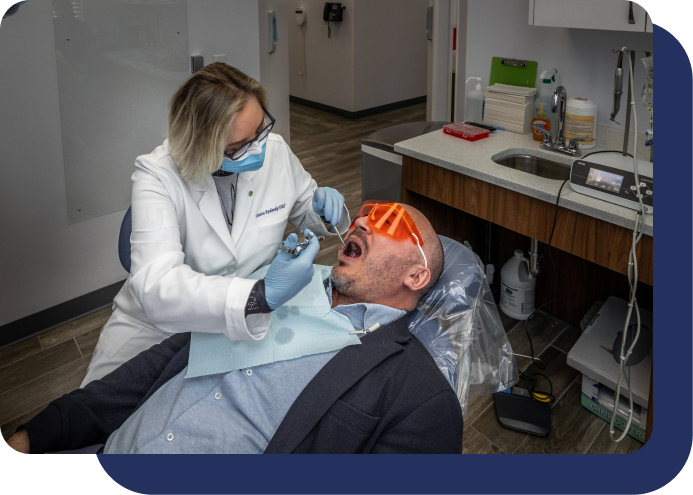
Orthodontics is a dental specialty focusing on how your teeth and jaws meet together. An orthodontist can diagnose and treat malocclusion or a bad bite where teeth do not meet together correctly. It uses removable and fixed appliances to reposition teeth.
In younger patients, orthodontists can guide the growth of their teeth and jaws as they are still developing, creating a healthier bite.
How your teeth bite together can significantly affect your dental health. Below are some of the ways your oral health can be impacted.
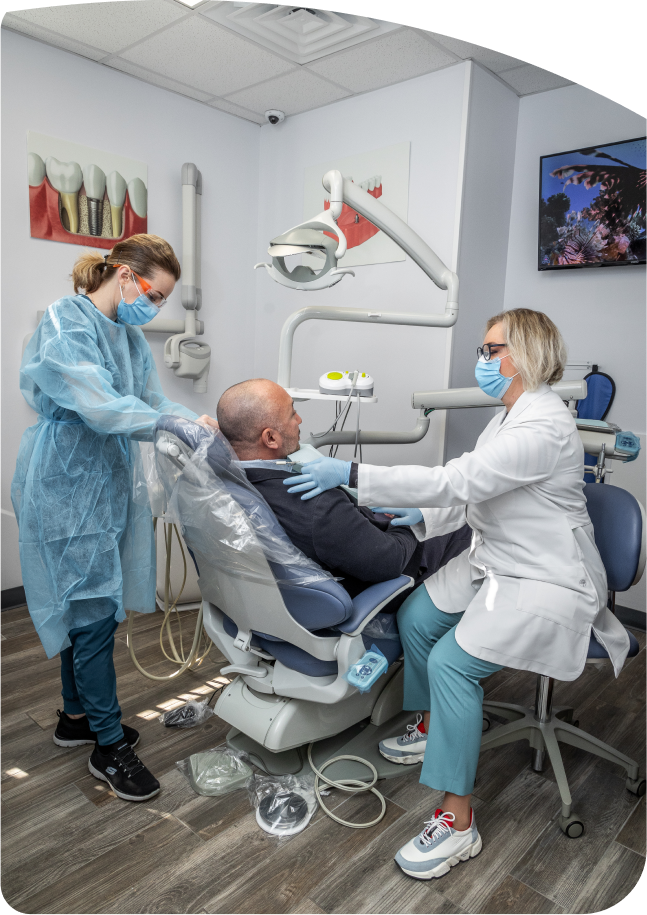
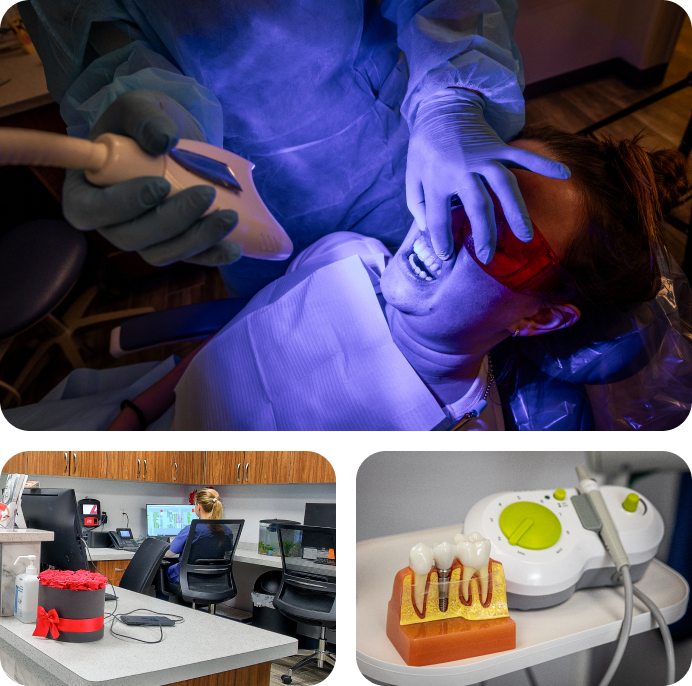
Almost anyone can have orthodontic treatment and will benefit from straightening their teeth. While some people will seek out orthodontic treatment because they want to improve the appearance of their teeth, others need it to help protect their dental health.
Adult orthodontics is increasingly popular, and we see patients of all ages seeking to straighten their teeth. The introduction of clear aligner systems enables discreet teeth straightening with minimal effect on everyday life.
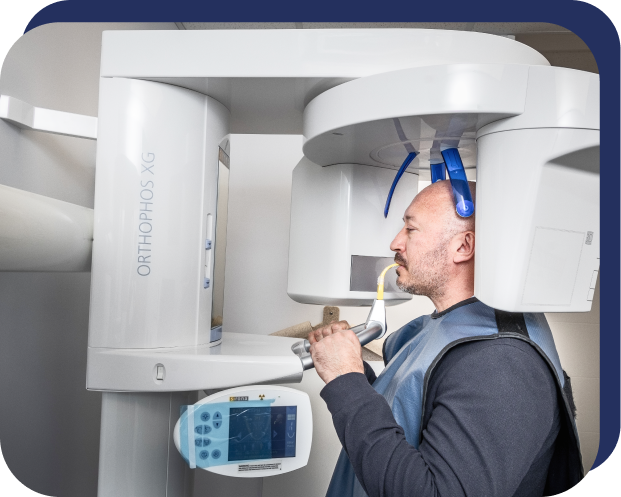
Generally, you will need to have teeth that are strong and healthy so they can be moved into the correct positions. You may be unsuitable for orthodontics if you have advanced gum disease or tooth decay; these conditions will need to be treated before you can have braces.
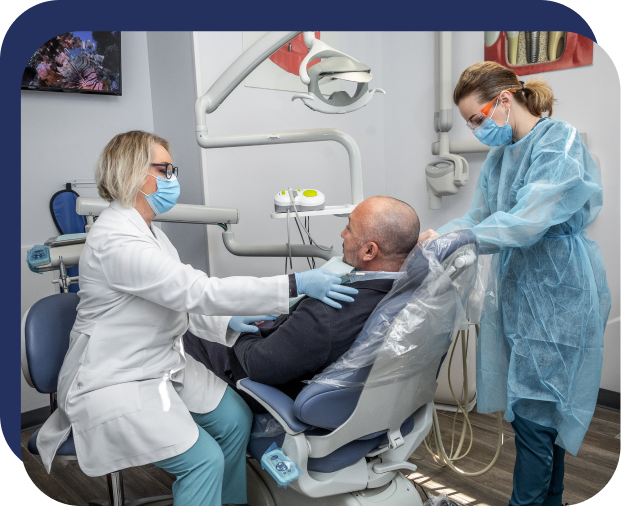
If your child visits the best NJ dentist regularly, then you can be sure their general or pediatric dentist will assess their bite and how their teeth and jaws develop. If necessary, they can recommend an early orthodontic evaluation
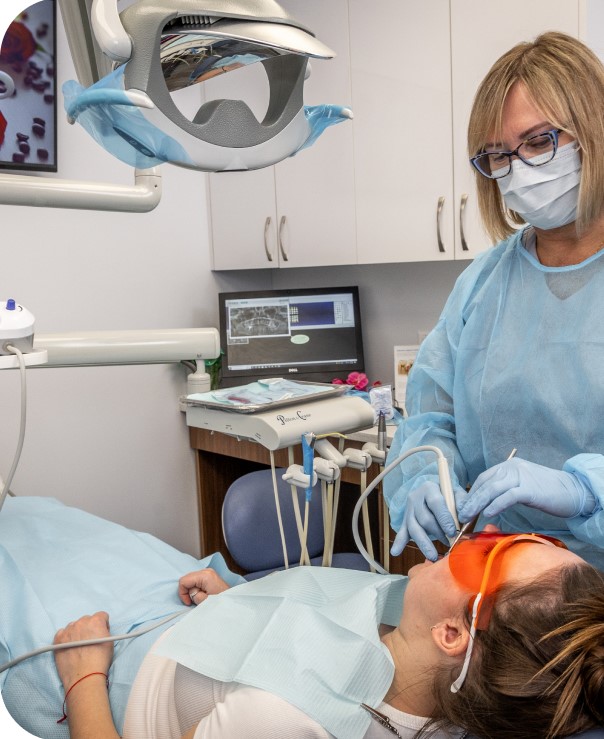
The American Association of Orthodontists suggests children should see an orthodontist by age 7. Some children will see an orthodontist much earlier. Although children may not need treatment immediately,an orthodontic evaluation can help predict how their teeth and jaws will develop and if any problems could affect this development.
Sometimes, having early orthodontic treatment can reduce or eliminate the need for orthodontics later. Children who need early orthodontic treatment may have oral habits like tongue thrusting,

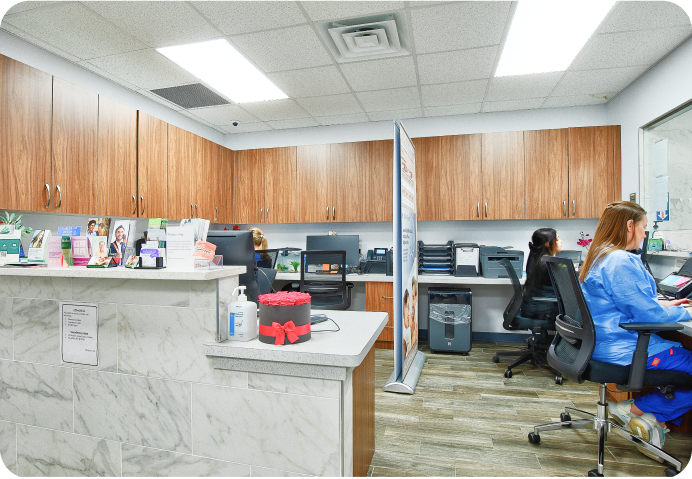
thumb or finger sucking, or mouth breathing. Early orthodontic care can help correct the issues caused by these habits, guiding their teeth and jaw growth and helping them develop a nicer facial profile and healthier bite.
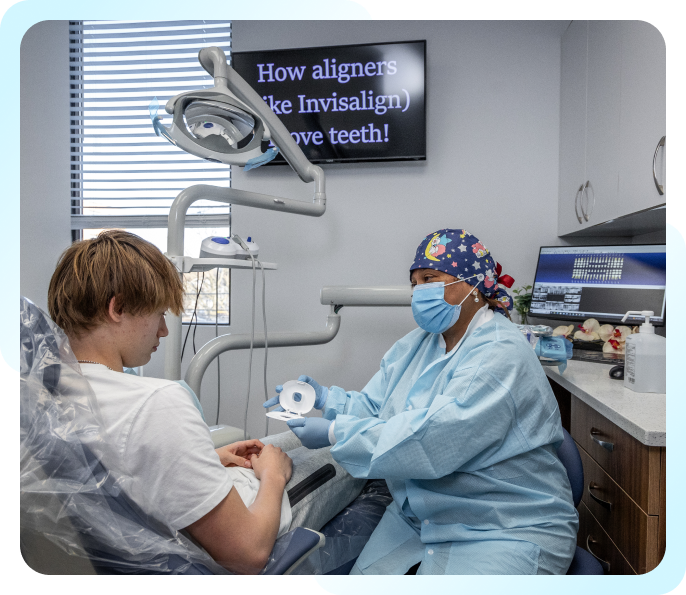
An orthodontist can treat mild, moderate, and more complex cases of misalignment. They are a dental specialist who has received several years of additional training after graduating as a general dentist. Unlike a general or family dentist, an orthodontist doesn’t perform everyday treatments like fillings, crowns, or bridges. Instead, they focus on correcting problems with your teeth and jaws and are true experts in this field.
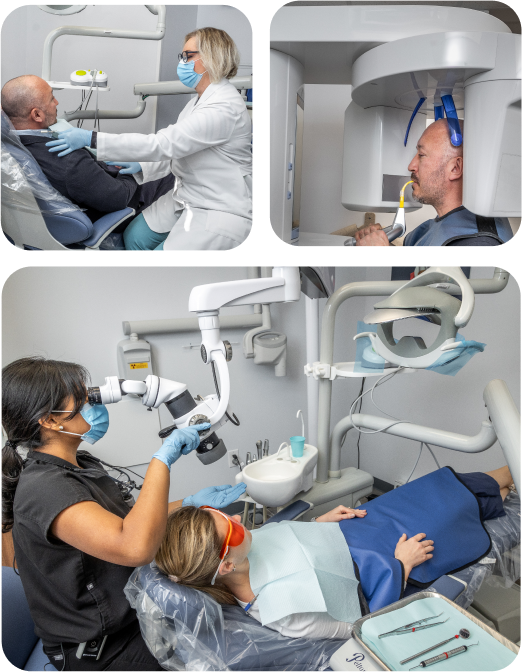
Common orthodontic problems include:
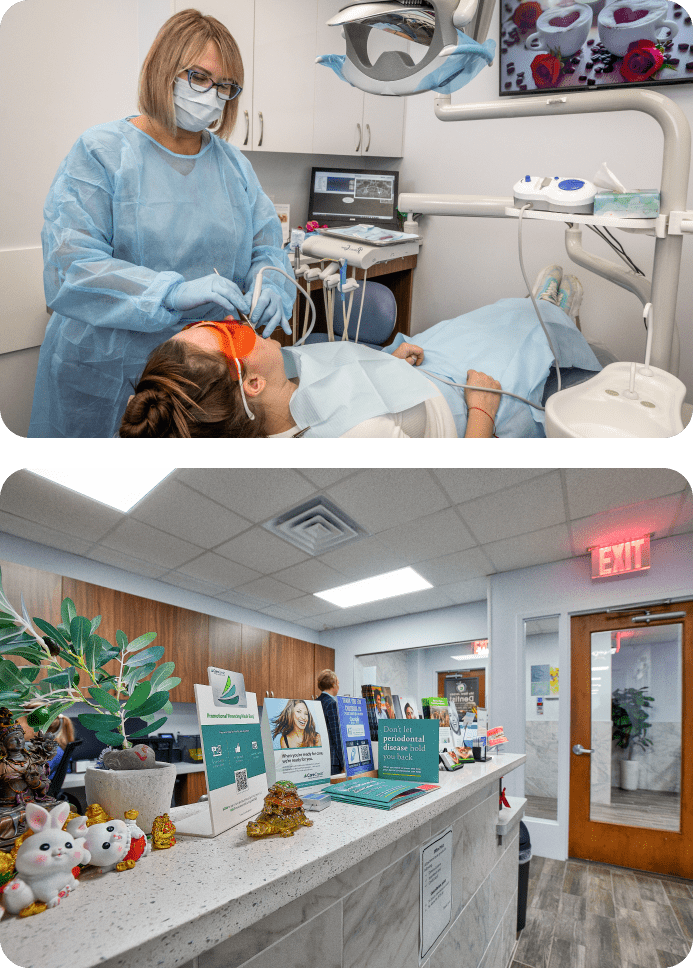
Different orthodontic treatments may be prescribed, depending on the problem requiring correction. The most common treatments used include:
Braces
Braces have brackets cemented onto teeth that are powered using wires and elastic bands. Various types of braces exist, including traditional metal braces and clear braces. Some more modern fixed braces may not require elastics.
Invisalign Clear Aligners
Invisalign is the best-known brand of clear aligners, using removable aligner trays to straighten your teeth instead of fixed braces. The aligner trays are made from thin, strong plastic and are custom-designed to place the correct amount of pressure on each tooth to straighten them gradually.
Palatal Expanders
Palatal expanders may be recommended as part of early orthodontic care. They help widen a child’s upper jaw and are used while the facial and jaw bones are still growing and developing and
therefore, easier to guide. Using this device can help create additional room for adult teeth to erupt naturally without needing tooth extractions.
Retainers
After completing orthodontic treatment, you must wear a retainer, regardless of whether you have a fixed or removable orthodontic appliance. The retainer ensures your teeth
cannot drift out of their new positions, and your orthodontist will tell you how long you must wear it to maintain your treatment results.

The potential cosmetic benefits of treatment are obvious, but the functional benefits can be equally or more important.
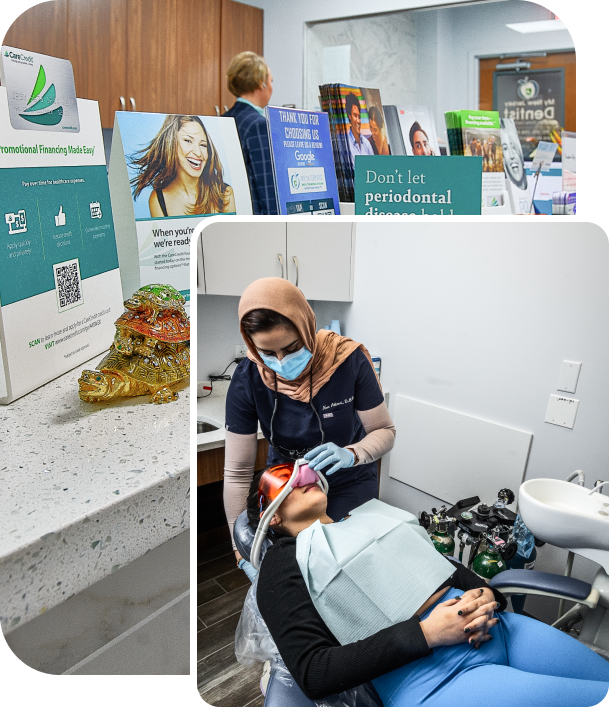
Many people only think about orthodontics when they want to improve the appearance of their smile. However, the benefits can be far-reaching, improving dental health and function. After evaluating your dental health, our orthodontist can recommend suitable treatment to realign your teeth and give you a beautiful and, most importantly, healthy smile.

Whether you want to straighten crooked teeth, close gaps between teeth, correct overbite or underbite, or improve the appearance of your smile, it's essential to find a qualified orthodontist in your area. Orthodontic treatment can be beneficial for people of all ages, but it is most common in children and adolescents.
If you're looking for an orthodontist nearby, here are a few tips:
At My New Jersey Dentist, we offer a comprehensive range of orthodontic services for both children and adults, from traditional braces to Invisalign. Our goal is to help you achieve a healthy and beautiful smile that you’ll be proud to display. We stay up-to-date with the latest technology, such as Cone beam CT (CBCT) scanners, Intraoral scanners, and Robotic Wire Bending, to ensure efficient and effective orthodontic care for our patients. Recognizing that each patient has unique needs, we create personalized treatment plans and offer flexible scheduling and extended hours to accommodate busy lifestyles. Our competitive pricing and acceptance of most insurance plans make quality orthodontic services accessible to all.
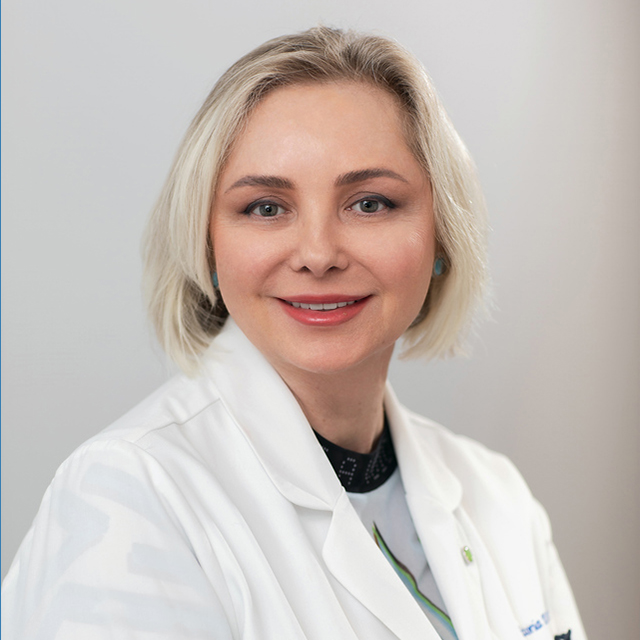
My name is Victoria Kushensky. I am a general dentist dedicated to remaining at the forefront of my field. Combining compassionate care with extensive knowledge, I offer cosmetic and general dentistry services as well as advanced root canal treatments.
I earned my Doctor of Dental Surgery (DDS) degree from the esteemed New York University College of Dentistry. Throughout my career, I have honed my skills in various dental procedures, ensuring effective treatment for each patient’s unique needs. I prioritize patient comfort and understanding, taking the time to thoroughly explain procedures and address any questions.
More about Dr. KushenskyMy NJ Dentist: Victoria Kushensky, DDS
385 Prospect Ave Suite 304
Hackensack, NJ 07601
(201) 298-8000